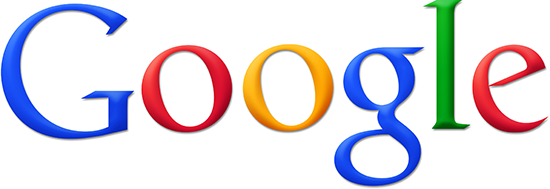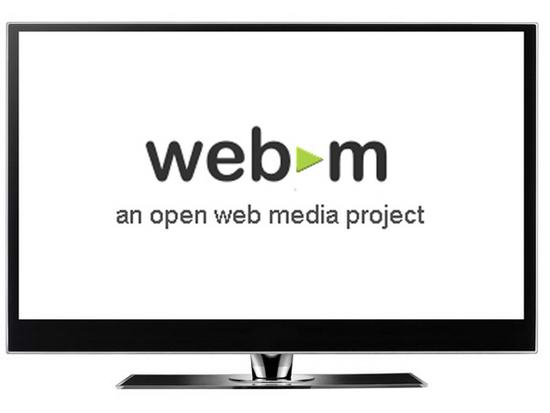Today we’ll talk not so much about printers, but about something what is nowadays closely connected to them, images.
The most popular and well known to all format lossy of image compression is JPEG. It’s over 20 years old, outdated, and its replacement has long been needed. It still more or less fits for storing pictures, although in places of resolution and contrast outlines the image still degrades and significant artifacts emerge (strength of degradation depends on the quality).

Attempts have been made to replace JPEG. For example, the JPEG 2000 image format, which uses a different compression technology and is delivered from a number of JPEG shortcomings. Another example is the format of JPEG XR (formerly known as HD Photo and Windows Media Photo), promoted by Microsoft.

However, despite a number of obvious advantages, JPEG 2000 or JPEG XR have not significantly spread. Widest support for JPEG format from programs and various electronics became a key to its longevity. Unfortunately, this format will long remain unchanged for something more progressive. Meanwhile, digital cameras, for example, has long needed a decent analogue of storing 16-bit images with a wide dynamic range and with a good level of compression
Perhaps, Google will be able to improve the situation at least on the Internet? Following the announcement of its own open video format WebM earlier this year, based on the VP8 codec, the search giant has decided to compete with JPEG. The company recently submitted a draft WebP, which should become more progressive standard for image compression with loss of quality for the Internet. Google wrote about the attempt on his blog Chromium and even provided some tools (currently only for Linux, Windows support is promised soon), through which we can already see the format.
According to the company, a new open format based on the VP8, presented to more than JPEG compressed images. The company also introduced a very lightweight container, which is based on the RIFF. This container is only 20 bytes for each image, but allows him to include in addition the necessary meta-data.
Google also notes that the advantages of image format based on the VP8, the theory is obvious. Nevertheless, to prove an advantage in practice, the company has selected a million random images (mostly, JPEG, PNG, but also GIF) and encode them into WebP no sensitive loss of quality. As a result, the average file is compressed by 39%. The company is confident that web developers achieved in practice is even more impressive values of compression, keeping the files in WebP with uncompressed sources.
According to Google, 65% of data transmitted over the Internet is now images and because the search giant has thought of providing a more efficient format for faster downloading sites and data. Google also published a number of examples of images WebP in comparison with JPEG. Some of these examples are given in the material above. Images in the new format looks much better quality (especially with an increase) for consistently smaller size files.
